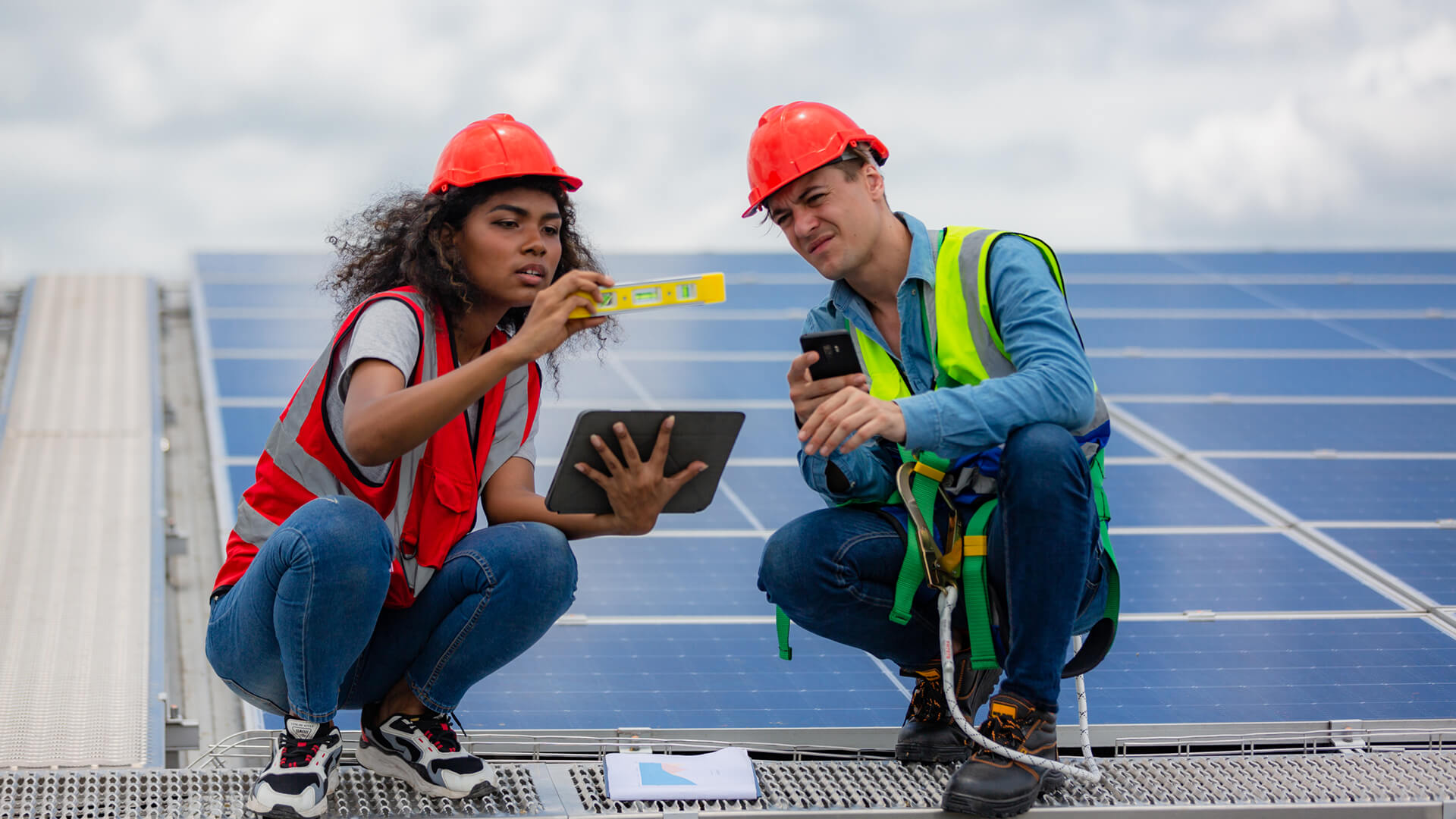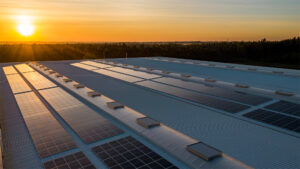If the green transition is ever going to work, it needs to happen everywhere. So, don’t get your drawers in a bunch when you see green energy funds from the Inflation Reduction Act being invested in Red States.
While there may be more support for the green energy transition in blue states, the reality is that red states may offer a more viable path to ACTUALLY getting it done. Between business-friendly policies, more rural land suitable for energy projects, and a number of geographical advantages, red states will be critical to the green buildout.
While these red states might not be known for their environmental activism, their geographies make them prime locations for green investments…try not to think so much about ideology on this one, just focus on places that give us the best shot at making the green transition work, wherever that might be.
Here at Zeihan On Geopolitics we select a single charity to sponsor. We have two criteria:
First, we look across the world and use our skill sets to identify where the needs are most acute. Second, we look for an institution with preexisting networks for both materials gathering and aid distribution. That way we know every cent of our donation is not simply going directly to where help is needed most, but our donations serve as a force multiplier for a system already in existence. Then we give what we can.
Today, our chosen charity is a group called Medshare, which provides emergency medical services to communities in need, with a very heavy emphasis on locations facing acute crises. Medshare operates right in the thick of it. Until future notice, every cent we earn from every book we sell in every format through every retailer is going to Medshare’s Ukraine fund.
And then there’s you.
Our newsletters and videologues are not only free, they will always be free. We also will never share your contact information with anyone. All we ask is that if you find one of our releases in any way useful, that you make a donation to Medshare. Over one third of Ukraine’s pre-war population has either been forced from their homes, kidnapped and shipped to Russia, or is trying to survive in occupied lands. This is our way to help who we can. Please, join us.
Transcript
Hey, everybody. Hello from Square Top Peak, with Argentine Peak in the background, and further back, you can catch a glimpse of a pair of Colorado’s famous fourteeners. Today, I want to talk about green energy and red states. There’s been some hand-wringing in the environmental community because about 75 to 80% of the investment from the Inflation Reduction Act has gone into red states—not purple states, but solid red states.
First off, let’s all calm down. If the goal is truly to achieve a green transition, it has to include everyone, so this is actually good news. But I think it’s important to explain why this shift in mindset has happened on places like Capitol Hill when it comes to green tech investments.
The first reason has more to do with the business climate than the subsidies themselves. As a rule, red states tend to have a more business-friendly, low-regulation approach to things. Whether it involves providing a bit of money or just having lower legal costs for operating in the first place, it’s easier to get projects off the ground in a place like Nebraska than in a place like Oregon.
The second reason is related to the rural-urban divide. To oversimplify, red states are generally more rural and have a lot more land that can be dedicated to energy projects. For example, if you’re in New York City, you probably have a coal or natural gas power plant nearby, and the power is wired into the city. But if you want wind or solar energy, the closest place with significant solar or wind density is North Carolina, which has arguably benefited the most from green tech investments in the Northeast because it’s the nearest viable location for power generation.
In the U.S., we have what can be called a Sun Belt and a Wind Belt. The Wind Belt runs mostly through the Great Plains, from North Dakota straight down through South Dakota, Nebraska, Kansas, Oklahoma, and Texas. Colorado and Iowa also have significant wind resources. But generally, the further west you go, the better the wind conditions get. The same pattern holds for solar power. As you’d expect, the further south you go, the greater the solar intensity. Ideally, you also want a bit of altitude and low humidity because those conditions are more conducive to efficient solar power generation. So the primary solar zone stretches from east of Los Angeles in Kern County, California, through Arizona, New Mexico, Oklahoma, and especially Texas.
These two belts—the Wind Belt and the Solar Belt—are getting an outsized portion of green energy investments, along with North Carolina because of its proximity to major population centers that can’t generate their own green energy. The issue of population density is really significant. You’re not going to install solar panels in a forest or on the slope of a mountain unless it’s an absolutely perfect spot. You want large expanses of flat land where no one lives, and if that land doesn’t have much agricultural value, it’s even better. So places like West Texas, eastern Colorado, and North Dakota are ideal. These areas aren’t exactly known for being strongholds of environmental activism, but they happen to be some of the best locations in the country—and indeed, on the planet—for green energy installations. And that’s exactly where these investments are heading.








